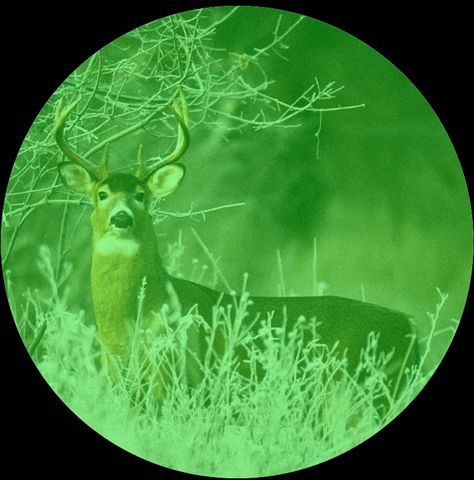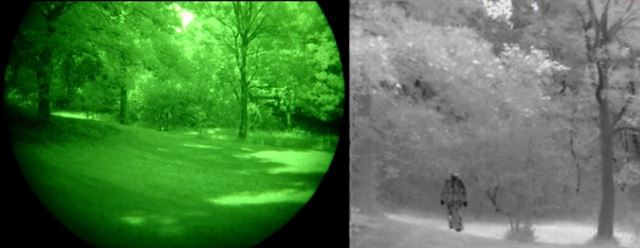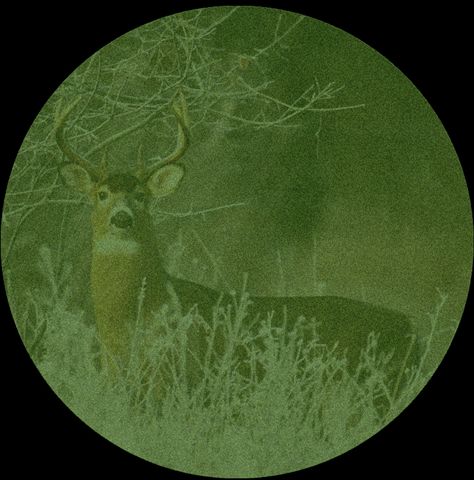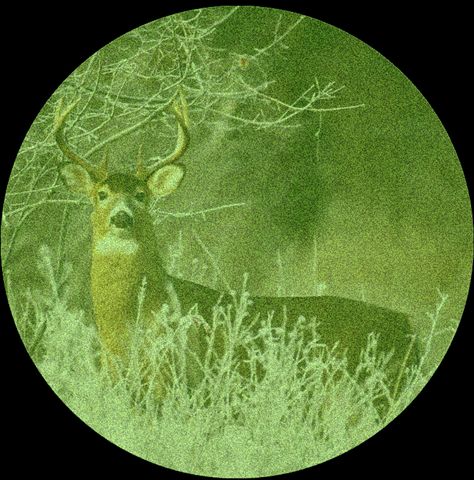- Sale
- 360 Degree Photography
- Battery and Battery Grip
- Backgrounds Even Color
- Backgrounds with Print
- Background Systems
- Cameras
- Camera Accessories
- Camouflage
- Continuous and Videolight
- Filters, Converters and Rings
- Photo frames
- Clamps and Adapters
- Cases and Bags
- Bulbs
- LED Lighting
- Magnifying Glasses
- Macro Photography
- Microphones
- Microscopes
- Night Vision Devices
- Shooting Tables and Tents
- Outdoor and Survival
- ID Photo Systems
- Flash Umbrellas
- Printers
- Reflectors
- Reflectors and Snoots
- Riflescopes
- Rigs Sliders and Stabilizers
- Camouflage Hides
- Smartphone Accessories
- Soft Boxes and Beauty Dishes
- Speedlite Camera flashes
- Spotting scopes
- Tripods and Ballheads
- Strobist
- Studio Accessories
- Studio Flashes and Kits
- Tecco Ilford Print Media
- Telescopes
- Trigger Sets
- Binoculars
- Thermal Imaging
How does night vision work?
Night vision devices are devices that make it possible to see at dusk, in the evening, at night and in complete darkness. On this advisory page the use of night vision equipment is highlighted and you will find an overview of the most important features: type, generation, image resolution, infrared light, viewing distance and the difference with thermal imaging cameras. Check out our full range of night vision devices and night vision rifle scopes here.
Types of night vision devices
Two types of night vision devices are made, both of which offer a significantly different viewing experience: the classic residual light amplifiers and the digital night vision devices. Below you will find a more detailed explanation of both types.
• Residual light amplifiers (IIT): These make use of the available residual light, such as moon or starlight. In the cathode ray tube there is a chemical substance that amplifies the residual light by an X-number of times. This tube is also called an Image Intensifier Tube (IIT). The viewing experience is like looking through a normal pair of binoculars, where the surroundings are rendered in a navy green colour. You cannot use residual light amplifiers during the day, because the lens will be damaged if there is too much light. Most residual light amplifiers therefore have a bright-light cut-off, which means that the unit will not start up in bright light or daylight. As long as the night scope is switched off, it is no problem to expose the lens to bright light.
• Digital night vision devices: In this type of night vision devices, the environment is projected onto a display when you look through the picture tube. You may qualify this as 'indirect viewing'. Digital night vision devices can be used at night and in broad daylight and often have a photo/video recorder.
Generations and image resolution
Night vision devices are classified into generations 1 to 3. This is based on the extent to which the residual light is enhanced. The higher the generation, the brighter the image and the greater your viewing distance. The number of line pairs per millimeter reflects the image resolution and determines the extent to which you can see and distinguish details. The higher this value (referred to as Lp/mm), the more detail you can see. You can use the following rule of thumb:
• Generations: The higher the generation, the higher the light output and display brightness.
• Line pairs per mm: The higher the Lp/mm, the higher the image resolution (the more details you can see and the less noise).
1st Generation
First-generation night vision devices are the most accessible versions available on the market. They are ideal for hobbyists who want to see at night in general. Gen. 1 offers a very nice viewing experience in the dark and is easy to operate. Its composition ensures that the available light is amplified approximately 1,000 times. The observed image may contain a slight distortion around the outer edge (geometric distortion). Generation 1+ gives the same light output, but offers a higher image resolution.
2nd Generation
A special microchannel plate has been added to Gen. 2 night vision devices, allowing the residual light to be intensified by up to 20,000x. Gen. 2+ and Gen. 2+ HD are now also available. These give an even higher image resolution. The latter has the best lens and thus tends to the third generation. Gen. 2+ HD night vision offers the best image quality and resolution available in the private market.
3rd Generation
Generation 3 night vision devices have a sensitive chemical composition of a phosphorus image plate (Gallium Arsenide). This results in an extremely clear and sharp image. These night vision devices have a residual light amplification of approximately 30,000 - 50,000x and often deliver as much as 64-72 Lp/mm. Generation 3 residual light amplifiers with IIT are made exclusively for the (para-)military user and are therefore not available for the private market. Generation 3 digital night vision devices may be supplied to the private user.
64-72 Lp/mm. Generation 3 residual light amplifiers with IIT are made exclusively for the (para-)military user and are therefore not available for the private market. Generation 3 digital night vision devices may be supplied to the private user.
Infrared
Residual light amplifiers all use residual light (moon and starlight), but this can sometimes mean that in complete darkness there is little or nothing to see. That's why nowadays all night vision devices are equipped with an infrared heater, or IR Illuminator. Infrared emitters cast an invisible beam forward that is visible to your night vision device. This increases your viewing distance. In general, infrared emitters are equipped with a wavelength of 850nm or 940nm, where you can use the following rule of thumb:
• Wavelength 850nm: when you need extra light over a longer distance and it does not matter whether the infrared light source - red glow - is visible (e.g. when you walk through a dark meadow and want to be able to see where you are walking).
• Wavelength 940nm: when you need extra light from a short distance but the infrared source should definitely not be visible to animals (essential for hunting, for example).
What is my viewing distance?
How far you can see effectively is influenced by several factors, such as the size of the object you want to see, the environment and the available residual light. For example, is it a deer in a fully darkened forest, or a container ship at sea at full moon? In addition, the image resolution (Lp/mm) also determines how many details you can distinguish. The viewing distance of a night vision device is therefore always relative. For this reason, the terms "detection distance" and "identification distance" are often used. The detection distance indicates the distance at which you can see 'something' (e.g. you can see something moving in the distance, but you do not see what it is). The identification distance is defined as the distance at which you can conclude what is what you see (for example, you see: it is a wild boar). Because these distances always depend on the size of the object, the environment and the light and weather conditions, these terms are often not given a hard value.
Night vision vs. Thermal imaging
Night vision devices are often confused with thermal imaging cameras. However, both are substantially different and have a completely different application. With a night vision camera you can see what something or someone looks like at night; this is not possible with a thermal imaging camera. On the other hand, someone can camouflage themselves and become 'invisible' when using a night vision camera, whereas with a thermal imaging camera this is directly visible. Body heat cannot be camouflaged, so in the same situation the person with a thermal imaging camera becomes immediately visible. The image below shows the difference between a residual light amplifier (left) and a thermal camera in exactly the same situation.


